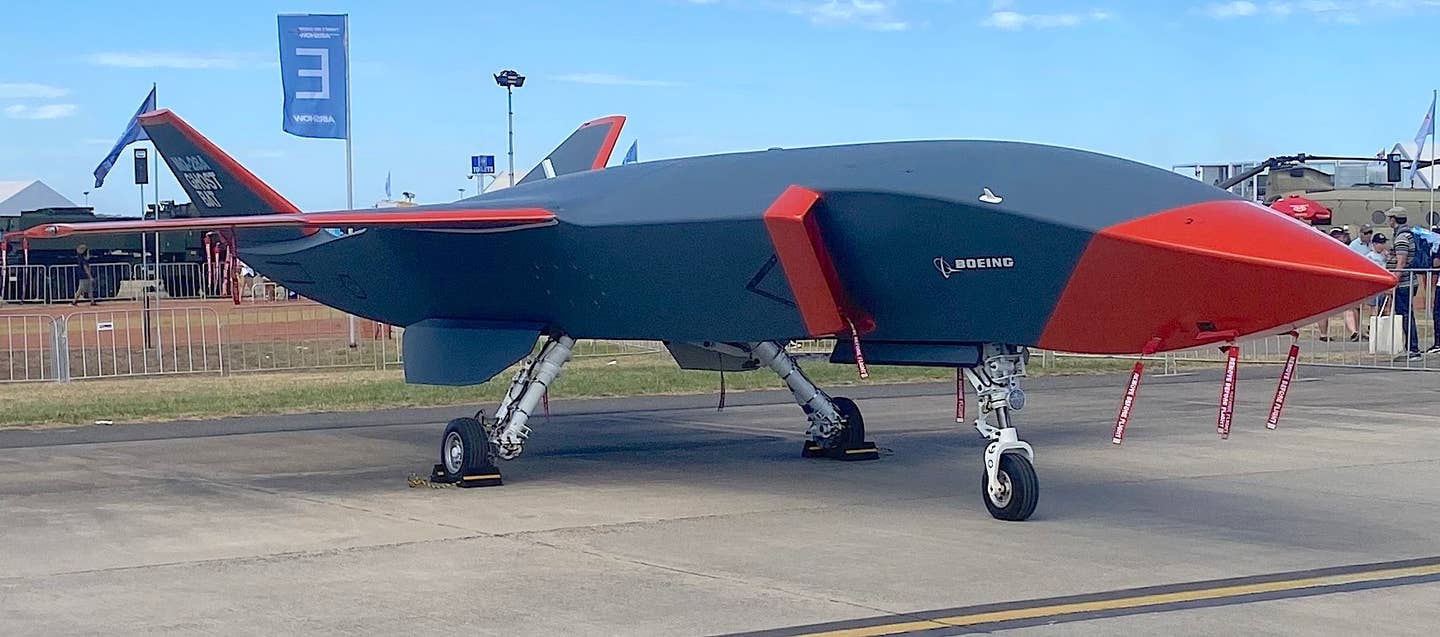NATCA Wants Oversight Of Controller Training Changes
The National Air Traffic Controllers Association says it wants to take part in the oversight of a new training process for some prospective controllers under changes announced last week by…

The National Air Traffic Controllers Association says it wants to take part in the oversight of a new training process for some prospective controllers under changes announced last week by the FAA. The agency said last week it will allow graduates of Air Traffic-Collegiate Training Institute (AT-CTI) to skip training at the FAA ATC Academy in Oklahoma City to free up seats for would-be trainees who come from other recruiting streams. That will theoretically increase the number of prospective controllers. That's OK, says NATCA, but it wants to keep tabs on the training standards of the modified system.
In its announcement, the FAA said it will work with the colleges and universities to ensure grads are ready for their shot at on-the-job training in an active ATC facility. "To support the success of this initiative, the FAA should work with NATCA to provide oversight of the CTI programs," NATCA said in a statement to AVweb. "Specifically, the FAA must ensure that there is a universal CTI curriculum, standards, and oversight over the training process to ensure the graduates are taught, tested, and evaluated to the same standards that exist at the FAA Academy." The union said putting more candidates in training is just part of an overall strategy needed to restore ATC staffing levels. NATCA's full statement is copied below.
The National Air Traffic Controllers Association (NATCA) supports the Federal Aviation Administration (FAA) hiring the best qualified candidates from all available sources to meet its air traffic control hiring needs.
FAA announced that it will begin hiring of FAA Air Traffic Collegiate Training Initiative (CTI) graduates directly into FAA air traffic facilities, bypassing the FAA Air Traffic Controller Training Academy. Provided FAA continues to hire to the maximum throughput of the Academy, this initiative should allow FAA to hire additional new trainees, facilitating a quicker recovery from the decade-long air traffic controller shortage.
To support the success of this initiative, the FAA should work with NATCA to provide oversight of the CTI programs. Specifically, the FAA must ensure that there is a universal CTI curriculum, standards, and oversight over the training process to ensure the graduates are taught, tested, and evaluated to the same standards that exist at the FAA Academy. FAA must also ensure that there is no reduction or degradation in the facility-based classroom, simulator, and on-the-job training process.
This and other changes announced today must be part of a comprehensive hiring and training plan. There are approximately 1,000 fewer Certified Professional Controllers (CPC) than there were a dozen years ago. According to the FAA’s Controller Workforce Plan, 40% of those who were members of a hiring class between 2014 and 2017 were removed from the FAA, resigned, or are still in training, meaning FAA can only expect about 60% of controller trainees to reach full certification within five to seven years of their hire. As a result, because it takes between one and three years for a new FAA Academy graduate to reach full certification, an increased hiring goal would take several years to have any positive effect on CPC totals.
As a first step in truly addressing the air traffic controller staffing shortage, FAA must commit to basing its annual Controller Workforce Plan (CWP) on the CPC staffing targets developed by the Collaborative Resource Workgroup (CRWG). At the end of January 2023, pursuant to the request of Acting FAA Administrator Billy Nolen, NATCA and the FAA Air Traffic Organization issued jointly developed CRWG operational staffing targets, which were verified and validated by the MITRE Corporation.






